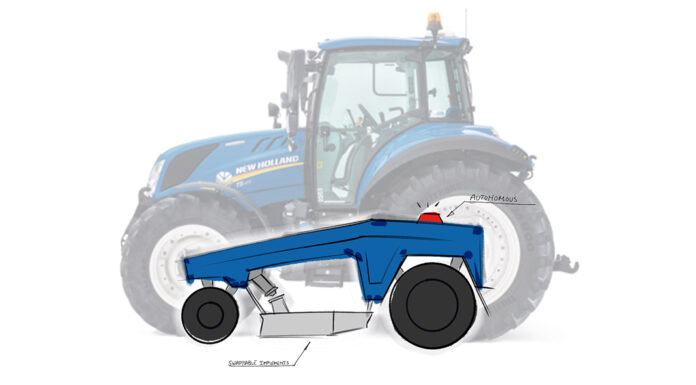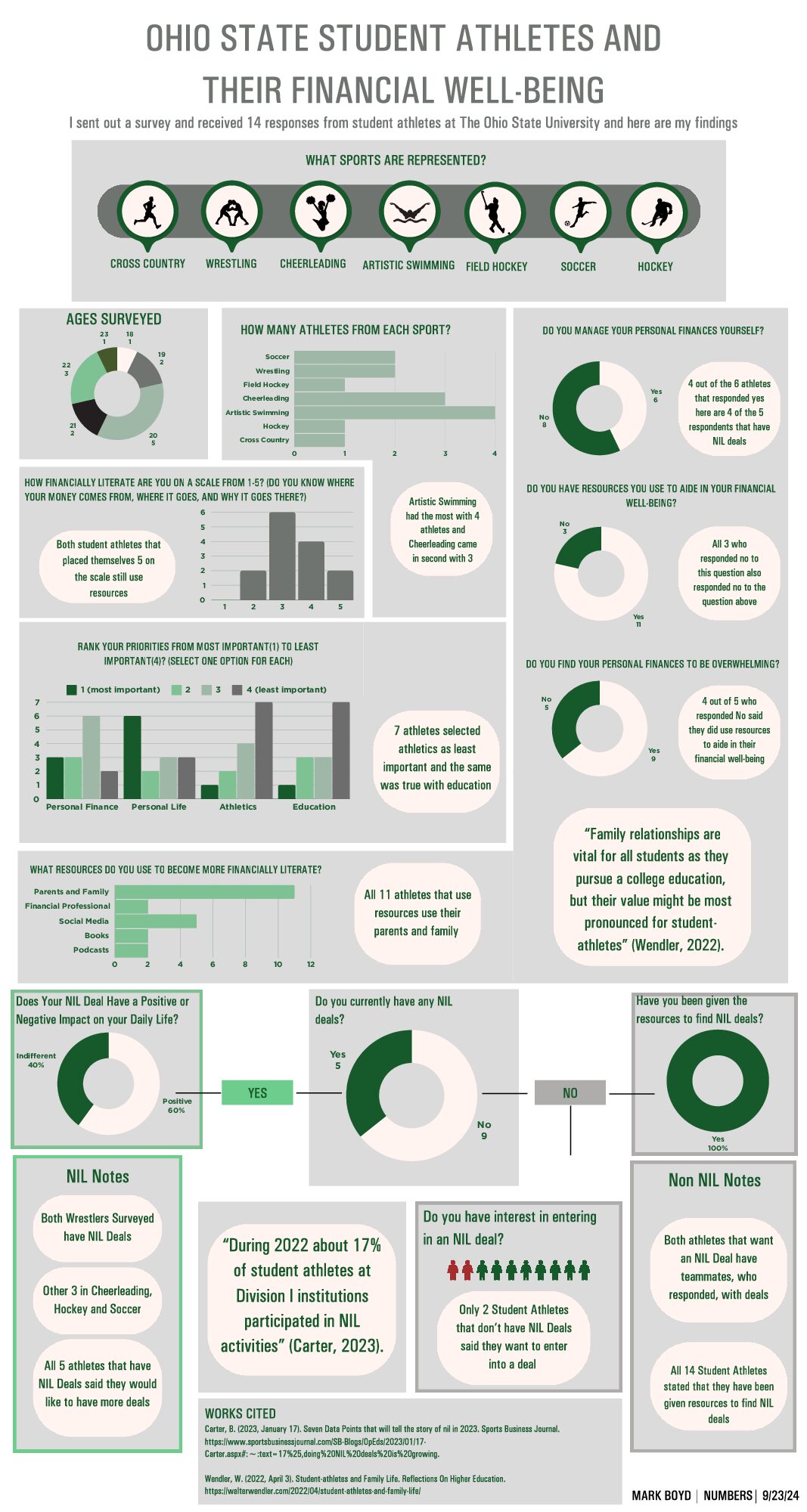Through designing this concept, I explored how driverless technology could decentralize labor in agriculture and decrease the scale of our designs of agricultural implements to make them accessible to more markets. I was inspired by the Fendt Xaver/MARS project and the Tilmor tractor.
Currently we have a increasing consolidation of our farms. We have some farms increasingly growing bigger, and a larger market for small, niche farms, but have all but lost middle-sized farms. One of the largest costs to ag production is labor. To reduce this cost, larger and larger implements have been designed to maximize the productivity of one person during their waking hours.
The core benefit of the Fendt Xaver concept is its automation and scalability. Automation would eliminate the design constraint of the human waking hours. It would also eliminate the need for a laborer to physically sit in the tractor, allowing that work to run in the background and freeing the laborer to do other tasks. Scalability would allow access for all farm sizes, whether deployed in fleets of 3 or 50+. The benefits are accessible to all farm sizes, allowing designers and manufacturers to focus on the whole spectrum, rather than just the greatest concentration of wealth.
The core benefit of the Tilmor Tractor is their passion for small to mid-size farms and the interchangeability of implements. This is necessary for sustainability and for affordability as one engine can be used across a variety of tasks like our current tractors, rather than designing automation solely for seeding as in the Fendt Xaver concept.




